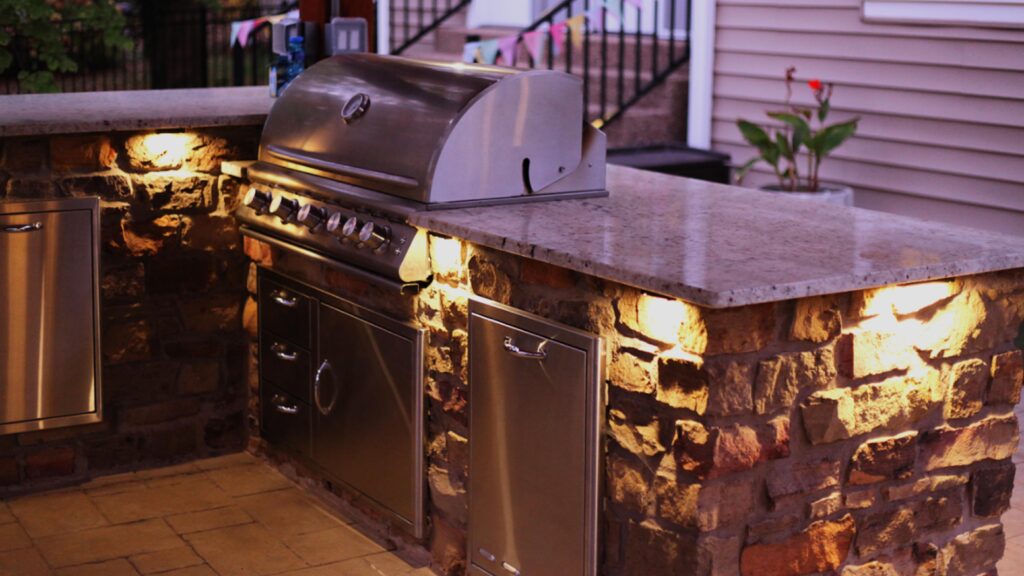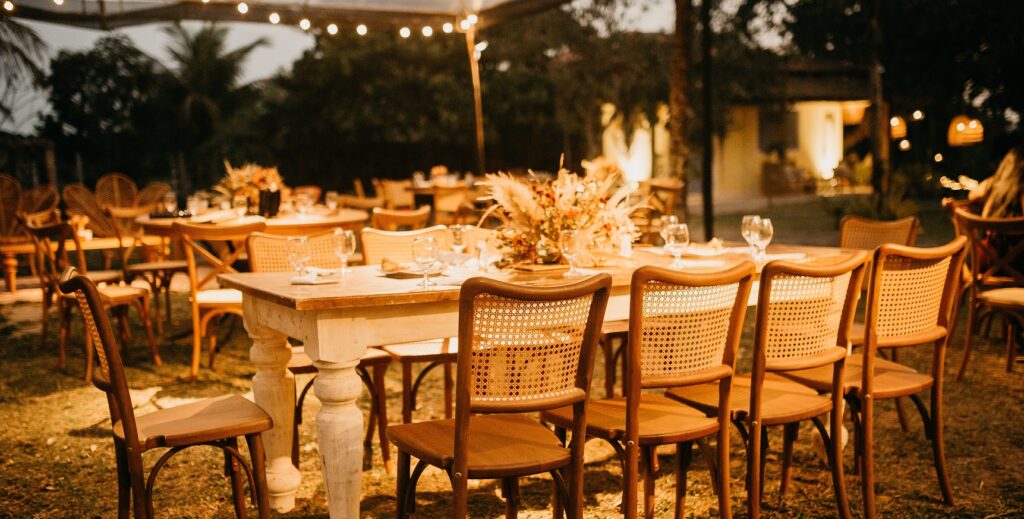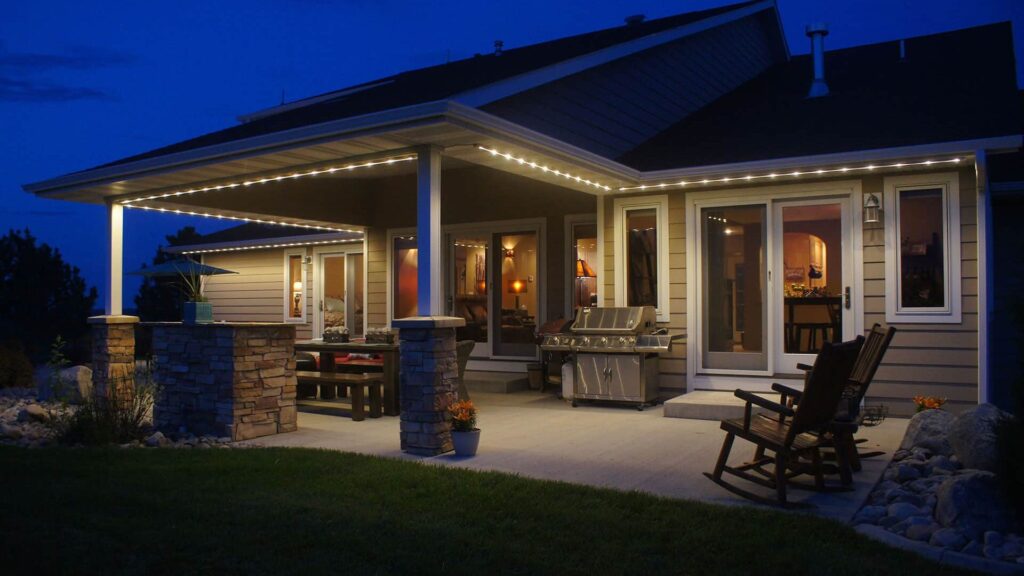Nature is in a state of becoming; seasons change, trees grow, plants bloom and die back. Over time, the changes in your yard, garden, and house necessitate adaptable lighting fixtures. Changing landscape forms need lighting that can change and adjust with them.
For example, an uplight for a young sapling will not be adequate for a fully mature tree. Take a look at some changing landscape forms and features, and how to handle and adapt outdoor lighting to keep meeting the challenge.
Landscape Forms: Lighting Challenges and Solutions
When landscape forms and features change, several lighting factors need to be evaluated:
Light Intensity: You may need to adjust the light intensity to provide adequate lighting for larger trees. You can do so by using a bulb with a higher output or replacing the entire lighting fixture.
Light Angle and Position: The position of the fixture may need to change as a tree grows. Certainly, you’ll need to adjust the angle to ensure that the beam of light reaches the top of the tree. Some outdoor lighting fixtures include adjustable shields which can be changed to accommodate growing trees, providing a wider spread and higher intensity as needed.
Color Temperature: The color temperature of your bulbs may be perfect for summer greens, but create a washed-out look with fall color. Consider this an optional way to improve lighting for the best visual appeal for changing leaves.
Here are several ways to anticipate and prepare for how your landscape form lighting may need to adjust over time:
Use a Tree Junction Mount
For mounting accent lights, get a tree mount junction box that has stand-off screws to give the tree room to grow. The junction box provides a mounting location for accent lights, with connections and wire nuts going inside the box.
Run the cable up the non-visible or less visible side of a tree trunk, and fasten it with cable clamps. Ensure that the wire can still move along with the tree, and leave some extra length of wire at the base to allow for the growth of the tree.
Use the Right Light for the Right Plants
Each type of light has its purpose. It wouldn’t be wise to use well lights in a flower bed of crawling plants as the plant would grow right over the good lights and block it. Flower beds need landscape lights that can rise above the greenery despite growth and clustering.
Only Install Lights on Mature Trees
Younger or fragile trees may break when lights are being installed, or may not support the weight of the lights. The growth of younger trees could be warped by a tree installation. For supporting bistro lights or spotlights, install poles instead of attaching lights to young, immature trees.
Install Correctly to Avoid Damage
While you might have the best intentions for your yard by installing lights on your trees, it can be a zero-sum game if you do it the wrong way and your trees get diseases. Use lights meant for outdoor usage, as the wrong types of lights could cause burns and damages to your trees. Consider the type of wiring and connectors, as well as how to attach these elements to a tree, to avoid damaging the tree, preventing growth, or creating a weak area that may be susceptible to disease.
Use Correct Wiring and Screws: Adjustable stainless steel screws are the best choice for mounting a lighting fixture to a tree. Be sure to use adequate wiring: it should be a thick gauge, one that will not corrode or break with normal, seasonal wear-and-tear from outdoor use. Be sure to provide extra cable length for use as the tree grows.
Consider the Size and Shape: As plants grow, they might take shape that hinders that penetration of light from below. In this case, there needs to be a greater distance from the fixtures to the trunk, with wider optics so the light can cover the entire tree. When the branching of a plant starts at the base of the trunk, the lighting fixture needs a spread that provides equal intensity across the whole base of the tree.
Get the Measurements Right: It’s an easy mistake to not add enough lighting fixtures for landscape forms and features. Using enough fixtures will allow you to keep a uniform look, even as plants change and grow. Measure mature trees and compare with the spread of each fixture you plan to install. You can also get good estimates of how much the tree is going to grow over the next few years, if it is not yet fully mature. Then you can decide how to space out your lights.
Other Changing Landscape Forms and Lighting Needs
Seasonal Plantings: Seasonal plantings will flourish, then fade. You can use adjustable spotlights or uplights for grasses and perennial plants; these can be adapted according to the seasons, or as the plants grow in height.
Seasonal Decorations: Holiday décor and lighting can add curb appeal and community spirit to your home. Consider spotlights to highlight seasonal decorations, string lights to highlight trim and trees, and additional pathway lights for holiday gatherings.
Water Features: In winter, swimming pools and other water features may be covered or turned off. Smaller water features without movement may freeze in St. Louis winters, which could destroy your lights. Winterize your pool lights by removing fixtures at risk of freezing and ensuring that cables are buried below the freezing line.
There are many changes in landscape forms such as trees, plantings, and seasonal decor; installing the right type of landscape lighting can help you handle these changes with minimum fuss. If you’re not sure where to start, get in touch with us at Outdoor Lighting Solutions. We will be delighted to help.




